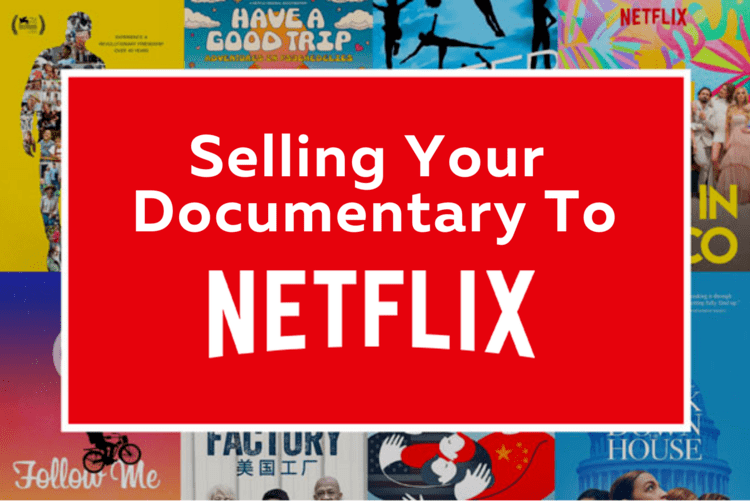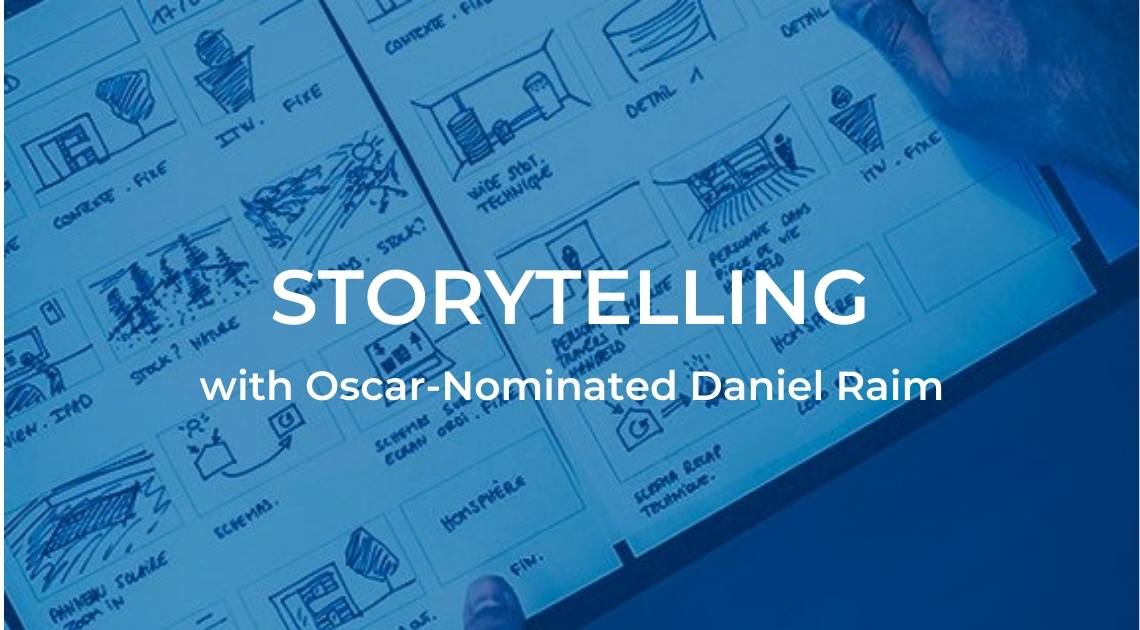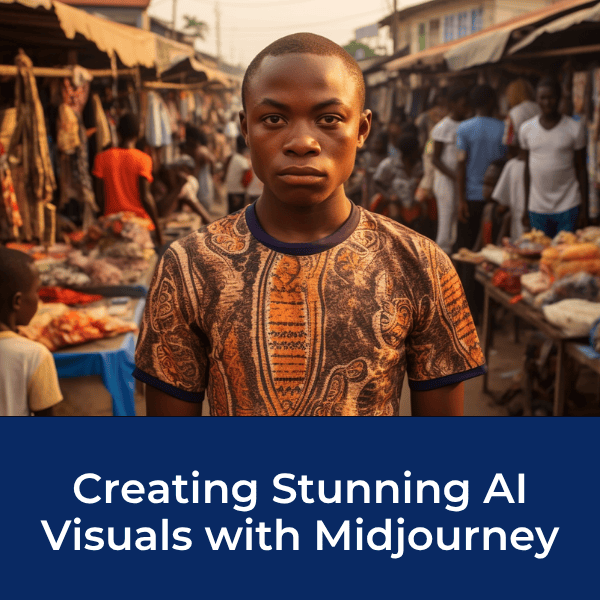Documentary Structure
The Three-Act Documentary
Documentary structure is often determined by the subject matter of the film, but in general a documentary is made up of the beginning, the middle and the end, sometimes referred to as the "three-act structure."
Learn documentary storytelling & scriptwriting → Access The Course
Three-Act Documentary Structure
Beginning | Act One
The beginning of the documentary needs to capture the audience's attention. This is where you set the tone for the whole movie and create curiosity in the viewer's mind to make them want to keep watching. You want to set up some kind of conflict, problem or unusual situation that keeps the audience mesmerized to the story wanting to know more.
The beginning is more or less a teaser for the whole movie. It sets up the questions that the rest of the movie will answer.
Traditionally, "Act One" is where the main character (the protagonist/hero) is introduced and then confronted with a challenge or obstacle that is keeping them from reaching their goal. The dramatic question should be framed in such a way that it sets up the challenge faced by the protagonist: Will X make it out alive, Will Y get the girl, Will Z catch the killer?
An example of this is the documentary "An Inconvenient Truth". We are introduced to Al Gore whose greatest desire is to reverse climate change, but it is a formidable task. How's he going to do it?
Selling To Netflix & The Streamers
Middle | Act Two
This is the main guts of your story. The middle section is divided into numerous scenes that build on each other to reveal your story. These segments don't necessarily go in chronological order.
"Going back in time" is an effective filmmaking technique that can keep the audience guessing.
Each scene often has it's own beginning/middle/end. These
mini-scenes, patched together, create your story.
Traditionally, Act Two is where the protagonist attempts to resolve the
problem(s) and comes against numerous obstacles - often facing an ever
worsening situation. This is where the tension builds and the audience
wonders how the protagonist is ever going to resolve the issues/challenges
before them.
End | Act Three
The ending of the documentary usually brings some kind of resolution to the questions and conflict established at the beginning of the film. It is often helpful when writing your documentary script to consider how the documentary will end before trying to write the beginning and the middle. This may seem counter intuitive, but a good way to think about this is to imagine you are getting on your bike. You need to know your destination in advance to know which roads to ride to get there. Otherwise, you will be lost!
Traditionally, Act Three is where all the tensions come to a head and the main obstacle/question posed in Act One is answered and resolved.
Final Thoughts
So that is how you lay out your basic documentary structure. Of course, each documentary will have its own unique style, requiring creativity to figure out the best way to structure the story to make the biggest impact.
Not every documentary will follow the traditional three-act structure, but it's a great place to start. The KEY is to be a storyteller and keep the audience guessing.
Learn how to structure and write a documentary script from an Oscar-Nominated Documentary Filmmaker.
Documentary Storytelling and Scriptwriting Class with Daniel Raim

















